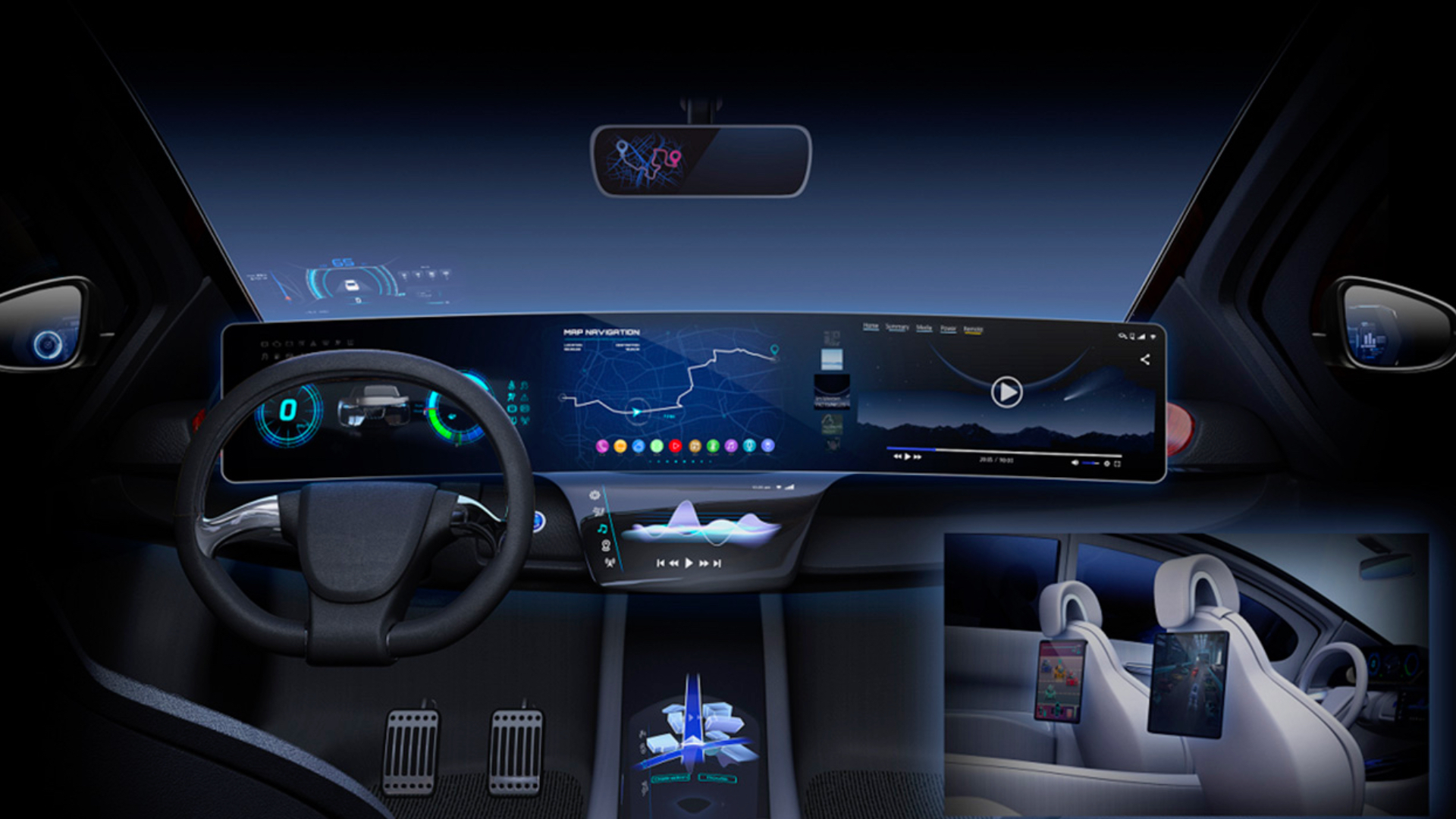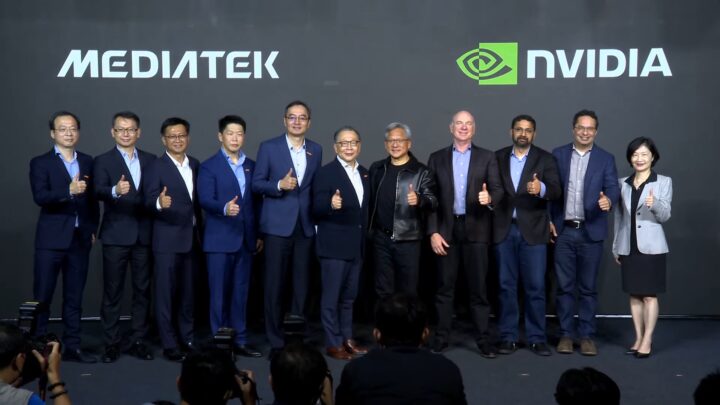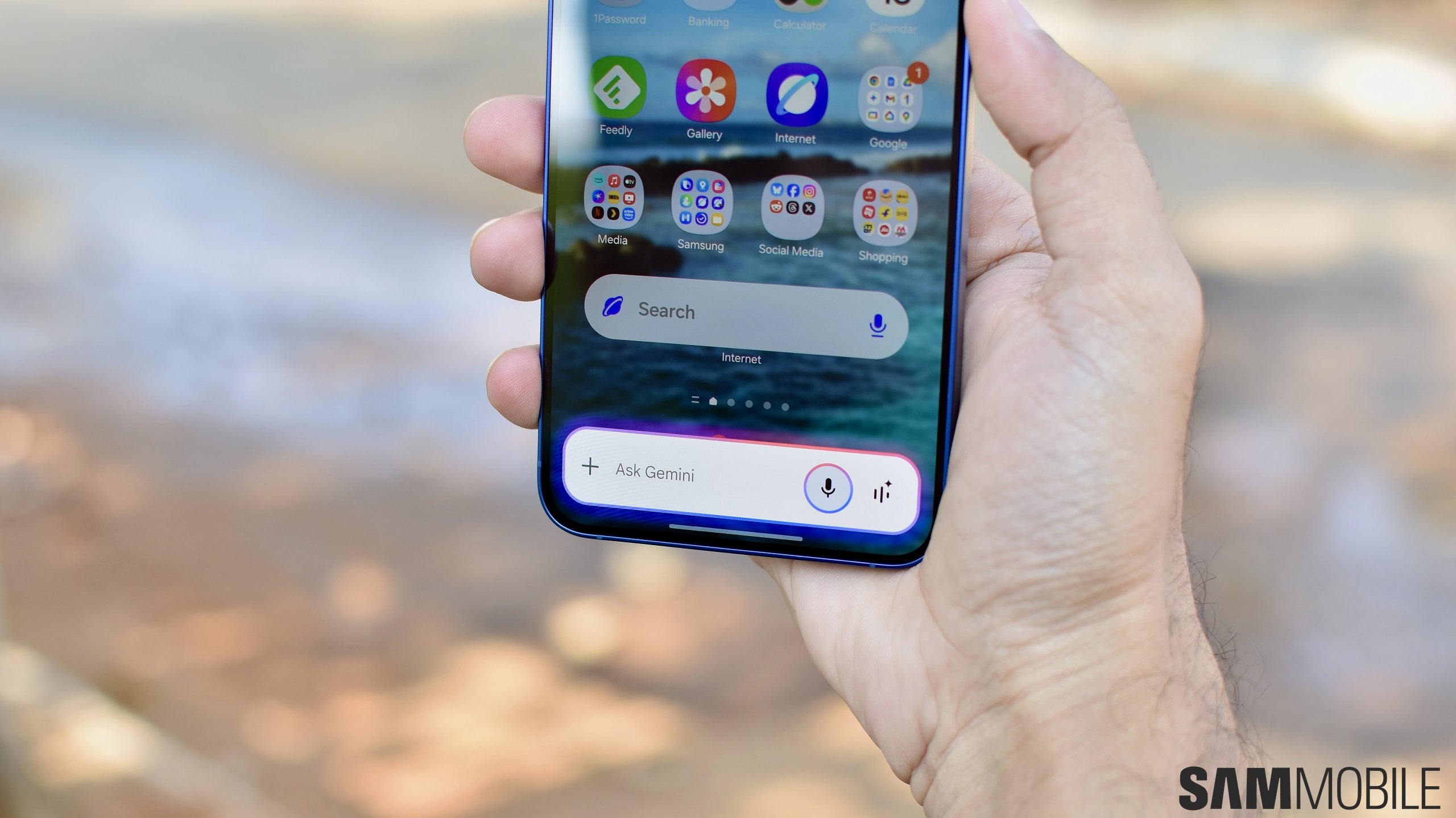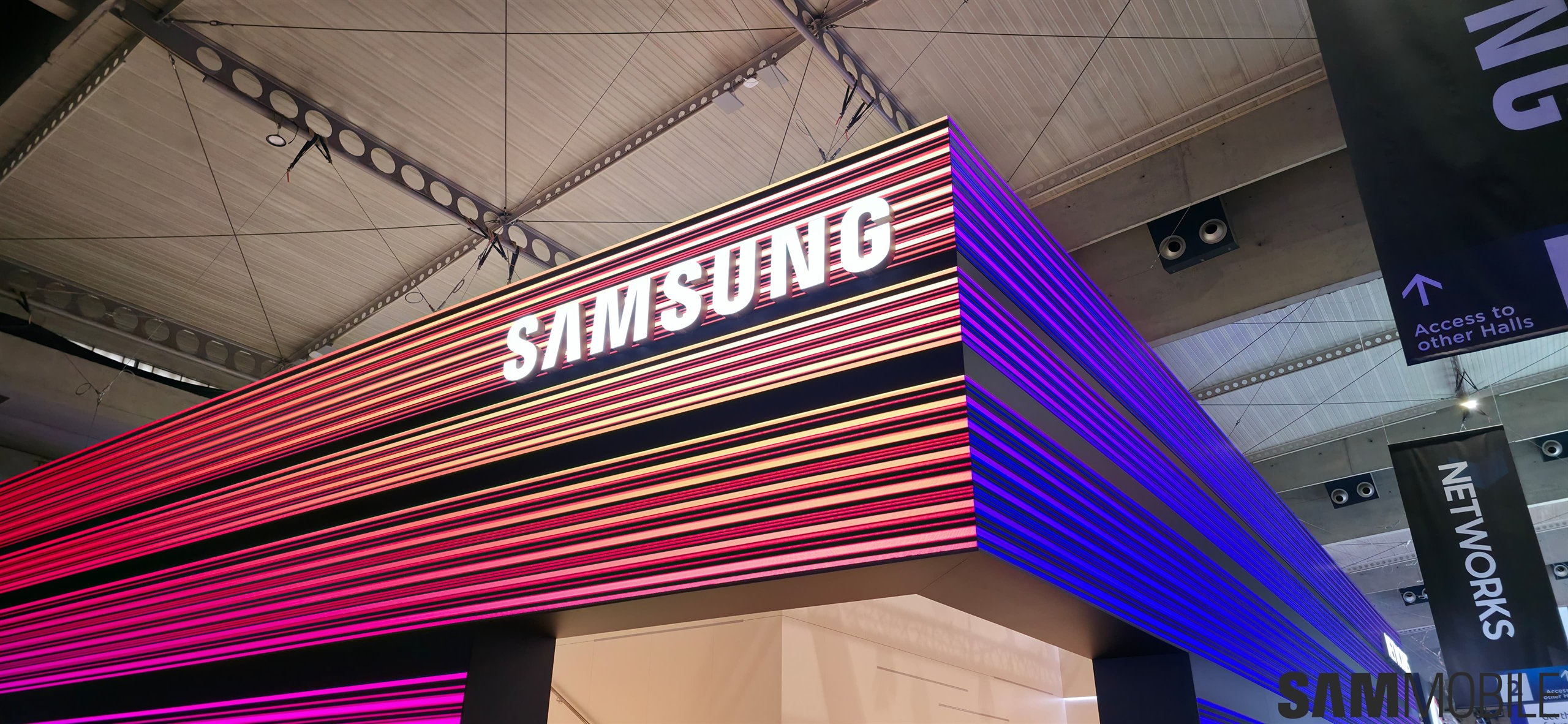
MediaTek Dimensity Auto chips with Nvidia GPU to compete with Samsung Exynos Auto chips
MediaTek will soon showcase its automotive chips powered by Nvidia's GPU and AI processing cores. The chips will feature C2C, an ultra-fast interconnect system that connects CPUs, GPUs, and SoCs. MediaTek's smart automotive cabin solution will use Nvidia's Drive OS, Drive IX, CUDA, and Tensor RT technologies. Nvidia's GPU and AI cores will drive the graphics and AI processing, along with safety and security features. MediaTek's automotive platform will also use Nvidia's ADAS (Advance Drive Assistance Systems) technologies.
These automotive chips will power the infotainment systems and displays in the cars. They will also process data from the camera and other sensors used in modern-day vehicles for self-driving solutions. MediaTek's automotive processors will also feature seamless connectivity through built-in 5G, Wi-Fi, and Bluetooth support. The chips will go into production in 2026 and be available in 2027. The companies haven't announced which car brands they are working with.
Nvidia's CEO and founder Jensen Huang, said, “The combination of MediaTek's industry-leading system-on-chip and Nvidia's GPU and AI software technologies will enable new user experiences, enhanced safety, and new connected services for all vehicle segments, from luxury to entry-level.”
Samsung already has multiple Exynos Auto series processors for the automotive section. The Exynos Auto V9 is made using Samsung Foundry's 8nm FinFET process and features an octa-core Cortex-A76 CPU, a Mali-G76 tri-cluster 18-core GPU (MP12 + MP3 + MP3), LPDDR5/LPDDR4X DRAM support, UFS 2.1 storage support, a built-in NPU, and 2x gigabit ethernet ports. It can drive six screens, up to 12 camera sensors, and four audio systems simultaneously. It is compatible with Exynos chips that offer 5G, Wi-Fi, and Bluetooth connectivity.


















